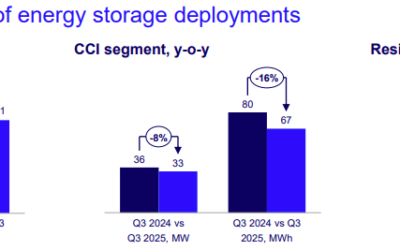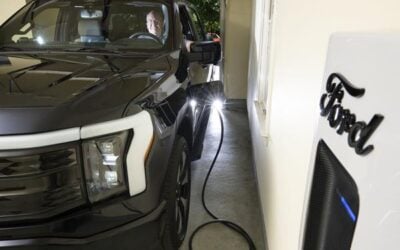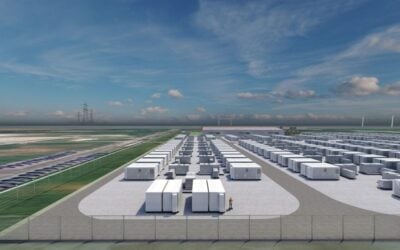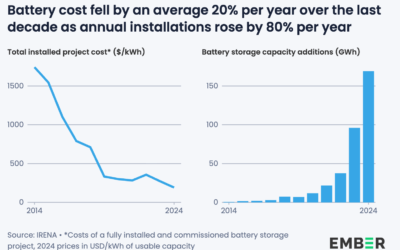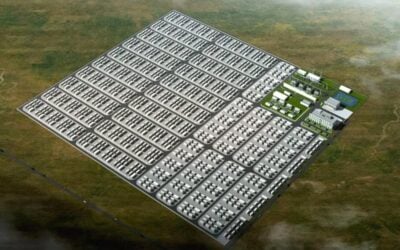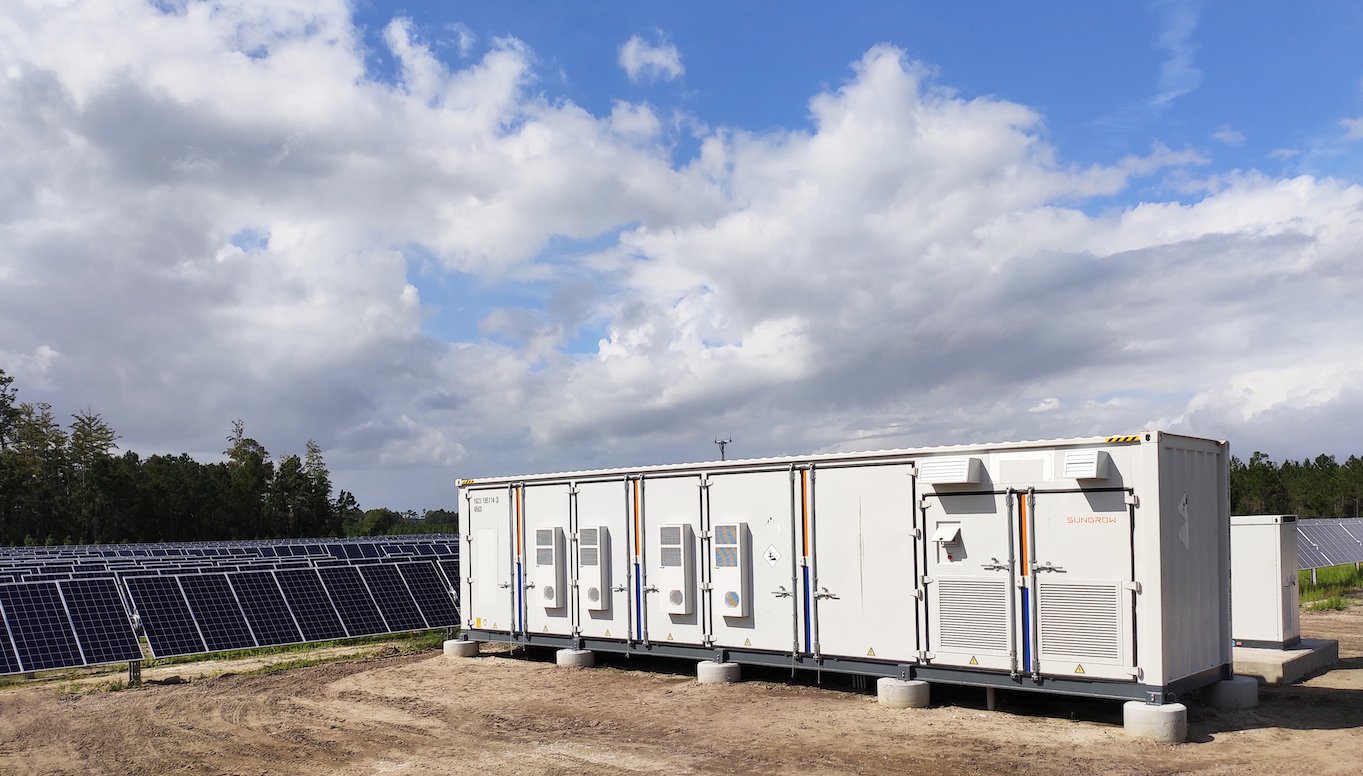
The Americas region is on track to leapfrog Asia-Pacific in terms of deployed energy storage by 2025, before accounting for more than half of global capacity by the end of the decade, new analysis from Wood Mackenzie suggests.
Driven by developments in the US, by 2030 the Americas will have a total energy storage capacity of 371GWh, while the global total will reach 729GWh, according to the research firm.
Soaring US deployment will build on strong figures in the country last year, when 1,464MW / 3,487MWh of new energy storage went online, more than the six years between 2013 and 2019, with front-of-the-meter (FTM) installations representing the vast majority of installed capacity.
While Asia-Pacific led the global energy storage market in 2020, with deployments reaching 13GWh, growth is said to have mainly relied on pilot projects, government subsidies and grid interconnection requirements over the past decade. Without strong policy support, Wood Mackenzie predicts it will be difficult to scale up the FTM segment across the region.
Try Premium for just $1
- Full premium access for the first month at only $1
- Converts to an annual rate after 30 days unless cancelled
- Cancel anytime during the trial period
Premium Benefits
- Expert industry analysis and interviews
- Digital access to PV Tech Power journal
- Exclusive event discounts
Or get the full Premium subscription right away
Or continue reading this article for free
With battery storage providing the flexibility power plants and grids need to generate electricity around the clock, Wood Mackenzie senior research analyst Le Xu said Asia-Pacific’s energy transition ambitions “could be thwarted” if battery projects in the region are unable to solve financing challenges.
The deployment projections contrast with analysis from research company Guidehouse Insights, which said that while North America is currently the leading market for utility-scale energy storage deployments, it could be overtaken by Asia-Pacific by 2023, with the growth of the Chinese market a major factor behind the region’s expansion.
Asia-Pacific is expected to remain the leader in terms of lithium-ion cell manufacturing for the next decade, according to research published earlier this year from Wood Mackenzie, which predicts that China will enjoy a 33% decline in costs for 2-hour duration front-of-the-meter energy storage to US$369/kW by 2025.
The company’s latest report says that while Europe’s market development has been slower than the US and China, activity will ramp up in the coming years, with the continent set to deploy approximately 3GWh of energy storage capacity in 2021, a 55% increase on 2020, with cumulative capacity reaching 9GWh by the end of the year.
“Europe’s storage numbers appear relatively small on the global scale. However, they are remarkable if we consider that Europe did not have a trackable battery market until around four years ago,” said Anna Darmani, Wood Mackenzie lead analyst.
The report also reveals that the global market began to move from small-scale short-duration batteries to four-hour batteries last year, and predicts that by 2030 the average lithium-ion project size will increase from 100MWh scale to 1GWh.

